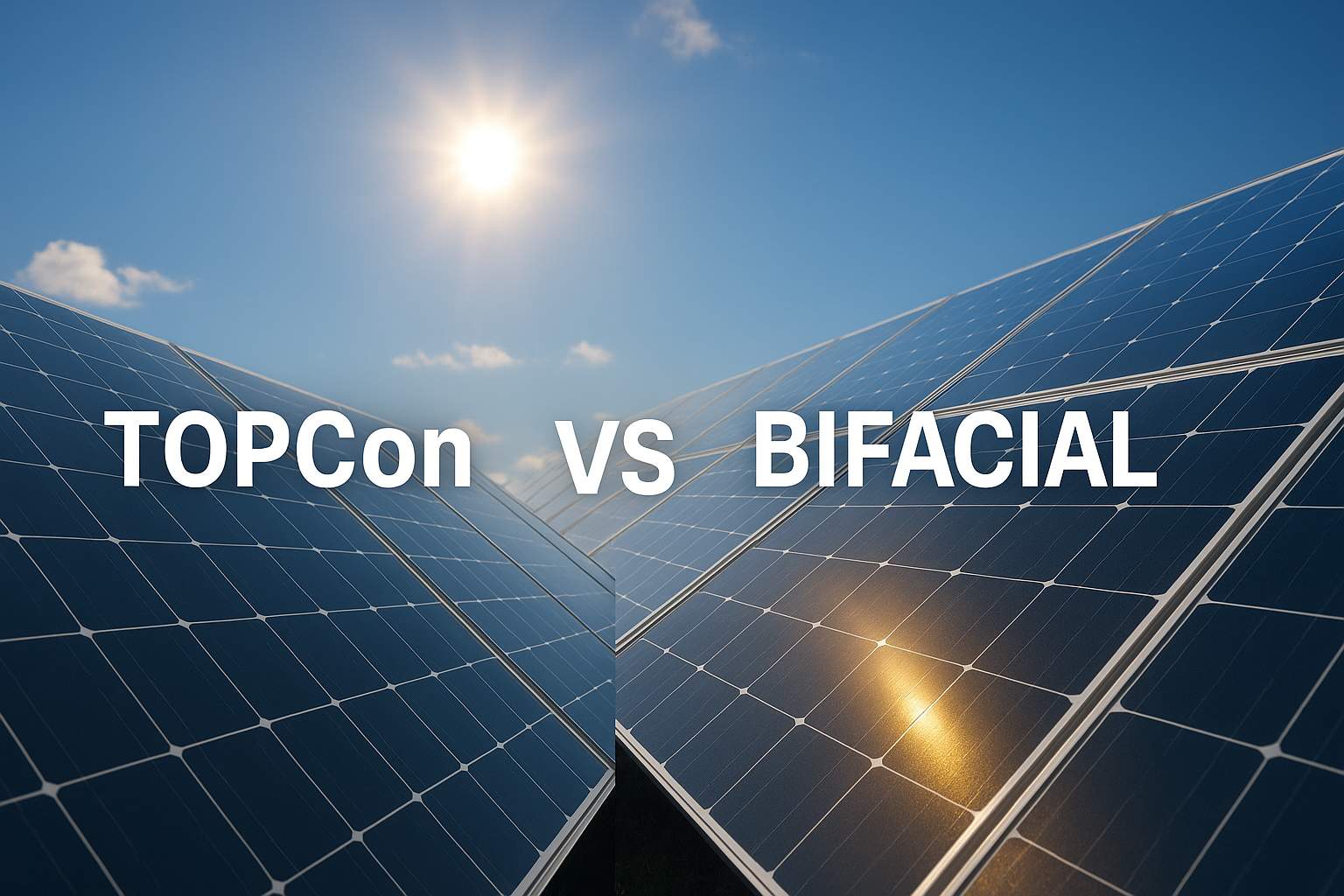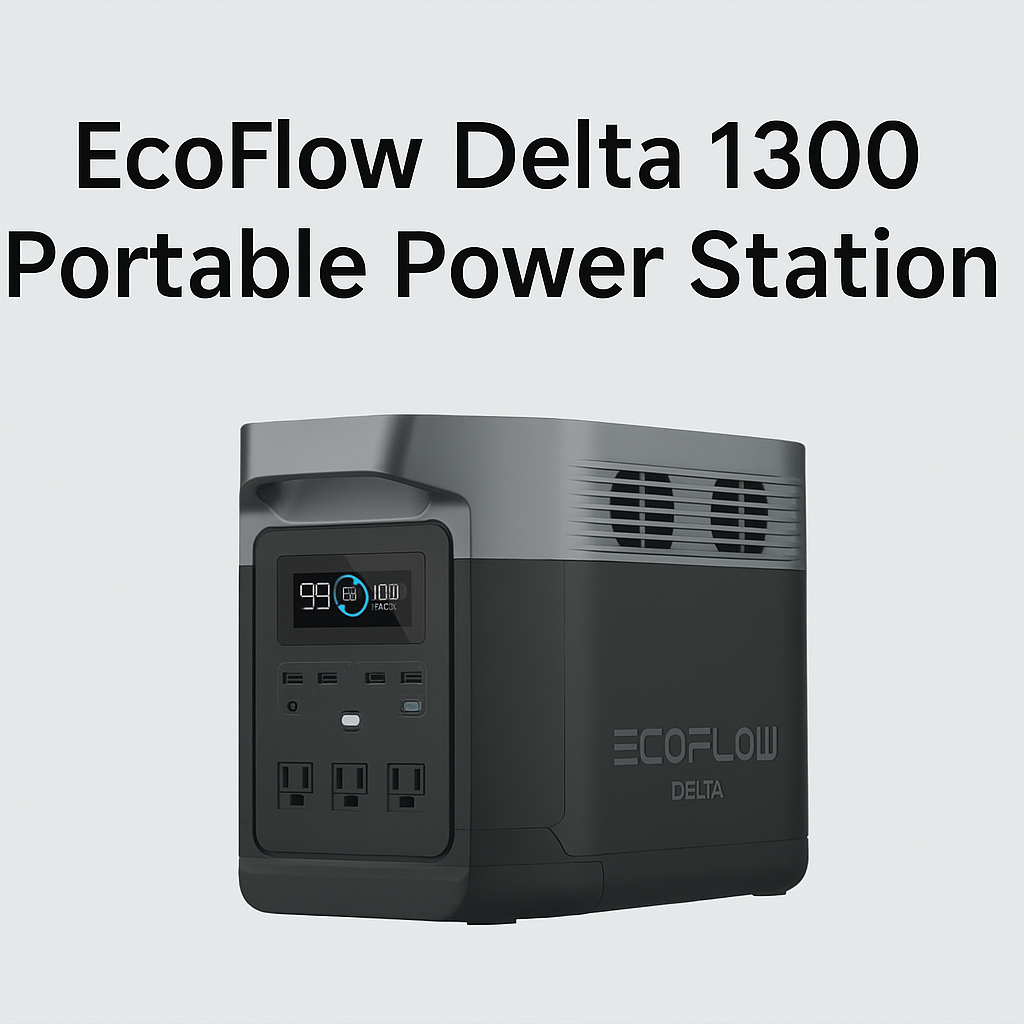The solar industry is moving at lightning speed. Just a few years ago, most homeowners and businesses were choosing between monocrystalline and polycrystalline panels. Today, new technologies like TOPCon and bifacial solar panels are reshaping the landscape. Both promise higher efficiency and better long-term returns, but if you are considering solar for your home, business, or farm, the big question is: Which solar panel is best — TOPCon or bifacial?
The answer isn’t one-size-fits-all. It depends on your project size, budget, installation site, and energy goals. In this comprehensive guide, we’ll dig deep into both technologies, compare their strengths and weaknesses, and help you decide which is the smarter investment.
What is TOPCon Solar Technology?
The Basics
TOPCon stands for Tunnel Oxide Passivated Contact. It’s a next-generation solar cell technology that improves efficiency by reducing energy losses. Unlike conventional PERC (Passivated Emitter and Rear Cell) panels, TOPCon adds a thin oxide layer that reduces electron recombination inside the cell, which translates into more electricity from the same sunlight.
Think of it as fine-tuning a car engine to squeeze out more horsepower without increasing the fuel.
Key Features of TOPCon Panels
- High Efficiency
- Typical efficiency: 22–24%
- More power from the same roof space, making it a great choice for areas with limited installation area.
- Better Low-Light Performance
- Works more effectively during cloudy days and early mornings.
- Lower Annual Degradation
- Degradation rate: ~0.3% per year, compared to 0.5% in many PERC modules.
- After 25 years, TOPCon panels retain about 87% of their capacity.
- Stronger Temperature Tolerance
- Performance loss in hot conditions is lower, making them suitable for regions with high temperatures.
Downsides of TOPCon Panels
- Higher Price Tag: As a relatively new technology, TOPCon panels cost more upfront.
- Complex Manufacturing: Fewer suppliers and limited production capacity can keep prices elevated.
- Single-Sided Output: Unless combined with bifacial design, TOPCon panels only generate power from one side.
What are Bifacial Solar Panels?
The Basics
Bifacial panels are designed to generate electricity from both sides. The front captures direct sunlight, while the rear side collects reflected light from the ground or surrounding surfaces. This extra capture boosts total energy production.
Imagine using a window that not only lets light in but also bounces back reflected light for a second use — that’s the principle behind bifacial panels.
Key Features of Bifacial Panels
- Extra Energy Yield
- Can generate 10–30% more electricity compared to traditional panels, depending on installation.
- Durable Construction
- Built with glass on both sides, offering enhanced resistance to scratches, weather, and UV radiation.
- Ideal for Large-Scale Projects
- Perfect for ground-mounted solar farms, carports, and pergolas where reflected sunlight is abundant.
- Better ROI Over Time
- The additional yield often reduces payback time for commercial and utility-scale projects.
Downsides of Bifacial Panels
- Limited Gains on Rooftops: Residential rooftops often block the back side from receiving significant reflected light.
- Higher Installation Costs: Require raised mounting structures to maximize rear-side exposure.
- Heavier and Bulkier: Dual-glass design makes them heavier, which can complicate installation.
TOPCon vs. Bifacial: Core Difference
The key difference lies in what each technology improves:
- TOPCon improves the cell’s efficiency itself.
- Bifacial improves the panel’s design to capture more light.
Interestingly, the two aren’t mutually exclusive. Many manufacturers now produce bifacial TOPCon panels, combining both technologies for maximum output.
Head-to-Head Comparison: TOPCon vs. Bifacial
| Feature | TOPCon Panels | Bifacial Panels |
|---|---|---|
| Efficiency | 22–24% (high) | 18–22% front-side + 10–30% rear gain |
| Annual Degradation | ~0.3% | ~0.45% |
| Temperature Coefficient | Better (handles heat well) | Average |
| Durability | Standard glass front, robust cells | Dual-glass, highly durable |
| Best Use Case | Limited rooftop space, high energy demand | Solar farms, carports, commercial projects |
| Cost | Higher than PERC, slightly lower than bifacial per watt | Higher upfront, but long-term savings |
| Extra Yield | None unless bifacial TOPCon | 10–30% additional energy |
Efficiency Showdown
- TOPCon shines in rooftop applications. If you only have limited roof space, the high efficiency ensures maximum power output.
- Bifacial shines in open-ground setups. With reflective surfaces like concrete, gravel, or snow, rear-side generation significantly boosts total efficiency.
Winner: Tie, depending on installation type.
Cost and ROI
- TOPCon: Slightly more expensive upfront than traditional monocrystalline, but offers reliable long-term performance.
- Bifacial: Higher upfront panel + installation cost, but larger projects recover investments faster due to higher yield.
Winner: TOPCon for residential; Bifacial for commercial/utility-scale.
Durability and Lifespan
- TOPCon: Standard durability, designed to last 25+ years.
- Bifacial: Dual-glass construction makes them sturdier, resistant to wind, hail, and humidity.
Winner: Bifacial, especially in harsh environments.
Real-World Applications
When TOPCon Panels Are Best
- Urban homes with limited roof space.
- Small businesses wanting maximum output from compact areas.
- Regions with high heat (thanks to better temperature performance).
When Bifacial Panels Are Best
- Solar farms and utility-scale projects with large, open land.
- Carports, pergolas, and commercial rooftops where the rear side can get reflected sunlight.
- Cold or snowy regions where snow reflection significantly boosts rear-side generation.
Industry Trends: Are TOPCon and Bifacial Competing or Complementary?
The solar industry is moving toward combination panels: bifacial panels that use TOPCon cells. These offer both higher cell efficiency and rear-side gain, making them attractive for future projects. By 2025 and beyond, bifacial TOPCon panels are expected to become mainstream in large-scale deployments.
FAQs
1. Can I use bifacial panels on my home roof?
Yes, but the extra yield may be minimal unless your roof is reflective or the panels are raised.
2. Do TOPCon panels cost more than bifacial?
Generally, bifacial panels are more expensive because of their design. TOPCon panels are pricier than PERC but often slightly cheaper than bifacial per watt.
3. What if I want the best of both?
Look for TOPCon bifacial modules — they combine efficiency and dual-sided generation.
4. Which lasts longer?
Both are designed for 25+ years, but bifacial panels with dual-glass construction tend to be more physically durable.
5. Which has better ROI?
- Small homes: TOPCon
- Large farms or commercial setups: Bifacial
Conclusion: Which is Best for You?
So, which solar panel is best — TOPCon or bifacial? The answer comes down to your installation type and goals:
- If you’re a homeowner with limited roof space, TOPCon is the smarter investment. Its higher efficiency ensures you squeeze every watt possible from your space.
- If you’re running a solar farm, carport, or large commercial project, bifacial panels deliver superior ROI through higher energy yield.
- For the ultimate performance, bifacial TOPCon panels combine both worlds and are rapidly becoming the gold standard in the industry.
In the end, both technologies represent the future of solar. The key is choosing the one that aligns with your project’s unique needs — whether that’s efficiency, durability, or maximum return on investment.



